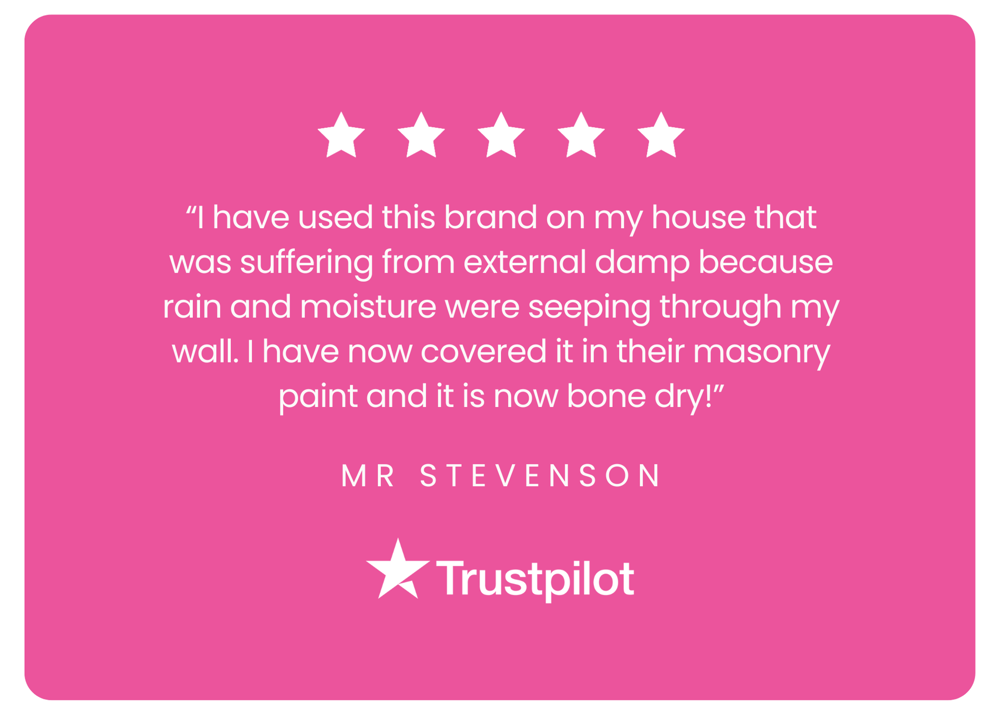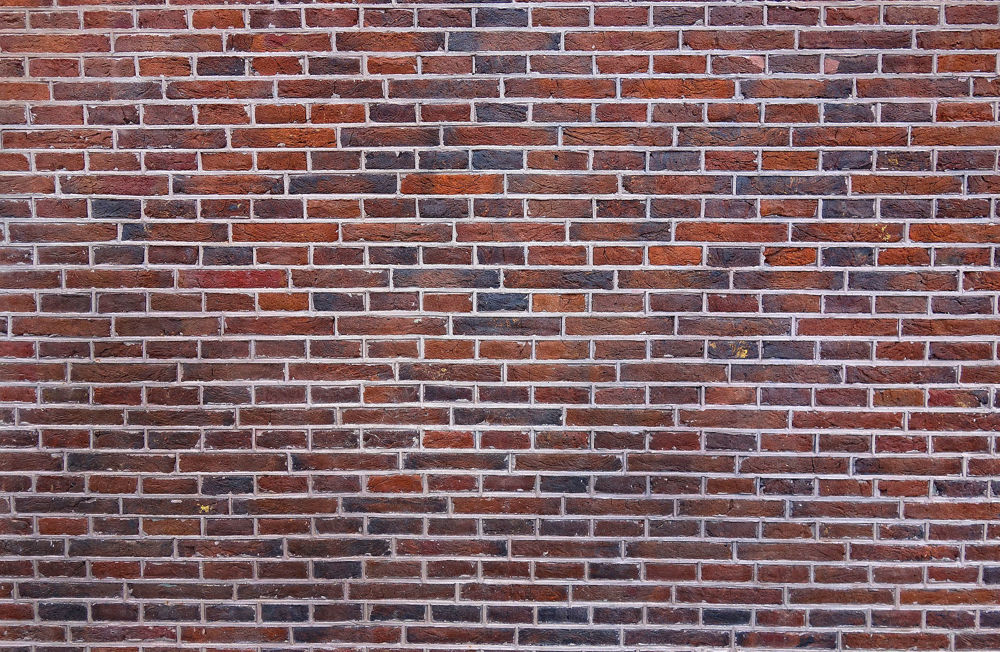
A natural brickwork exterior is one of the most beautiful finishes that a property can have, whether it is a traditional, heritage property or a new build. Unfortunately, with little to protect it from the elements, natural brickwork can become discoloured, dirty and damaged over-time. In this guide we are going to cover everything you need to know about restoring and cleaning exterior bricks, so you can keep them looking their best for years to come.
Why Do Bricks Need Cleaning & Restoring?
Having been used since as early as 7000BC, bricks are still one of the most important aspects of any construction process and are used on almost all building today. It is often hypothesised that after the great fire of London and the subsequent move away from timber-framed houses in London, brick gradually became the material of choice for all building work in the UK.
While render was introduced as a way of offering an alternative form of external finish to a property, the majority of properties still have a natural brickwork exterior, comprising of common bricks held together by mortar. The reason renders were developed was not only to provide an alternative external finish to properties but also to provide better resistance to weathering.
Exterior brickwork and masonry as a mineral surface is porous, meaning it can absorb moisture. This is contrary to popular belief, as many homeowners believe that exterior bricks are designed to withstand the elements and keep moisture out. In fact, what happens is when this moisture absorbs into the bricks it can cause damp, damage, discolouration & heat loss.
DAMP
When exterior brick walls absorb moisture, this can travel through the exterior wall through a process called 'capillary movement'. This can cause what is known as 'penetrating damp' which is a form of damp caused by water soaking through the exterior wall of a property and into the interior wall. This is especially the case with solid wall properties, as these have one singular thick wall which joins the external wall with the internal wall.
To help prevent this bridge that allows water to enter into the interior of a property, many properties in the 1920's started to be constructed with a cavity wall construction, which compromised of two walls with a 'gap' or 'cavity' in the middle to prevent water from soaking straight through into the house. Unfortunately, the introduction of cavity wall insulation caused these problems to happen to cavity wall properties when this insulation was poorly fitted. This cavity wall insulation boards could slump to the bottom of the cavity, recreating this bridge for moisture to transfer into the interior wall. This was also the case when cavity wall insulation, in the form of foam, was sprayed retrospectively into cavity walls, which simply filled the full cavity rather than leaving the gap that was required to reduce the risk of damp problems.
In summary, both solid wall and cavity wall properties can suffer from penetrating damp if moisture is allowed to soak into the external wall and through into the internal wall of a property.
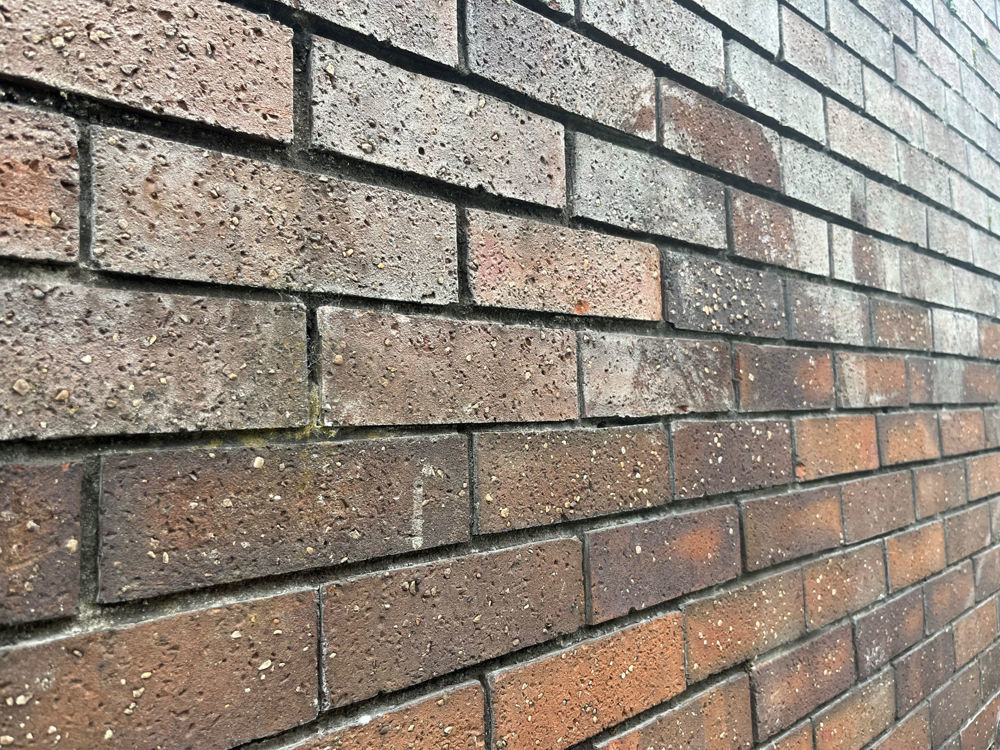
DAMAGE
One of the lesser-known problems caused by water ingress on exterior bricks is damage. When the moisture enters the brickwork it can undergo a 'freeze-thaw cycle' when temperatures drop below freezing. When this water freezes it expands, causing movement in the brickwork. Eventually, this causes small cracks to open up which allows more moisture to enter the wall and thus creates a continuous cycle of damage. This can also lead to 'spalling' bricks, when the brick face crumbles away due to it weakening over-time.
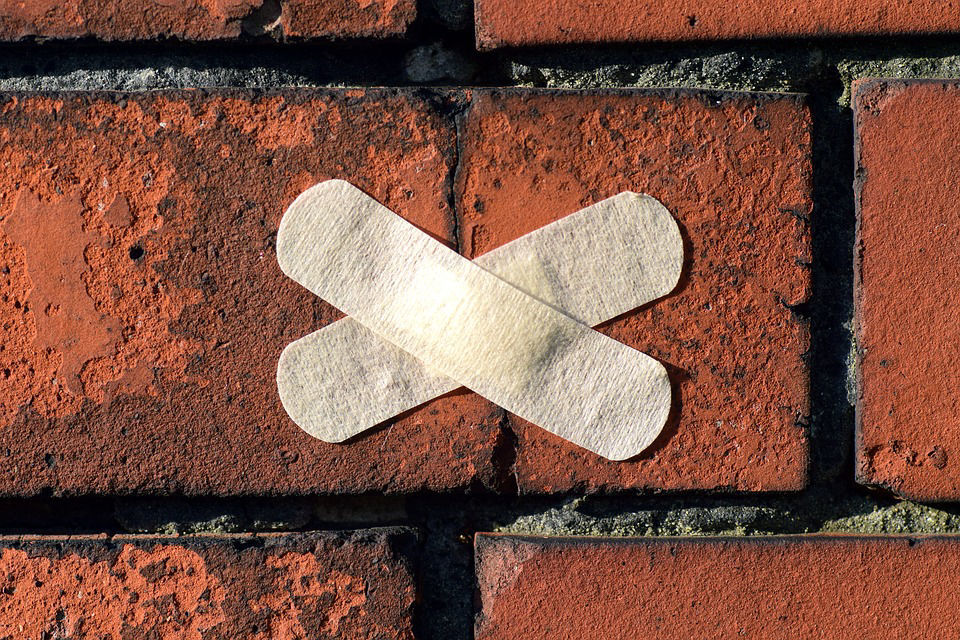
DISCOLOURATION
Moisture will not only cause a problem to the performance of your property but will also impact its kerb appeal. Further to the wear & tear to the bricks that cracking will cause, the moisture will lead to other problems.
Like all fungal growth, moss, algae & lichens all thrive in highly moist conditions. Once the exterior bricks absorb moisture after rainfall, they create the ideal conditions for this organic growth to bloom, which only worsens over-time, leaving large green marking across the wall.
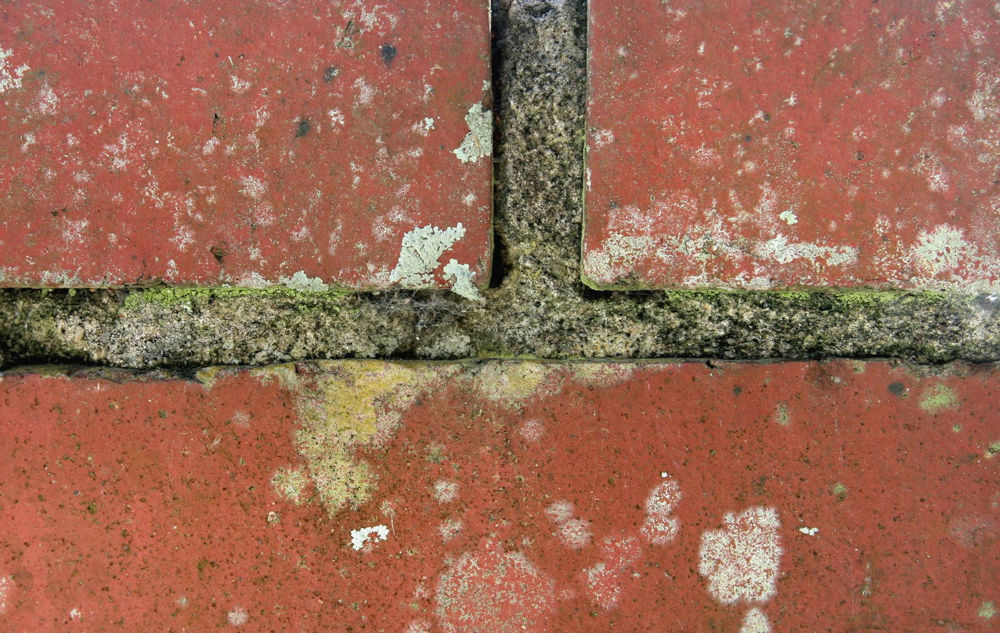
Discolouration can also come in the form of salt efflorescence, which is an all-too-common problem when it comes to exterior masonry walls. This appears in a white, powdery deposit that is left on brick, stone or concrete walls, caused when moisture dissolves the salts within the mineral surface. When the water evaporates, this salt is deposited on the surface of the brick, leaving staining on the wall. Although not a structural issue, it is an indicator that your exterior walls are absorbing moisture and can cause even newly laid masonry to lose its beautiful, natural brick finish.
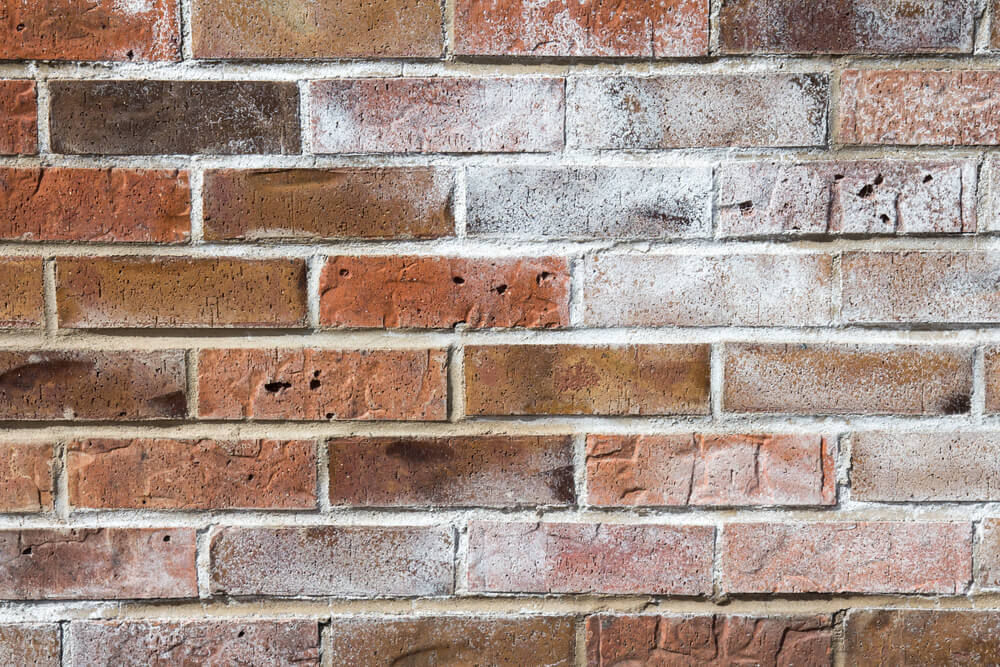
HEAT LOSS
While the vast majority of homeowners are focused on the detrimental impact that weathering can have on the appearance of exterior bricks, one of the most impactful side effects of exterior bricks getting saturated with water is heat loss.
Damp content of 5% can lower the insulating properties of a material by 50%. Furthermore, 35% of the heat lost in our homes is lost through the external walls, meaning if exterior brickwork becomes saturated with water, it will allow heat to be lost from the home much quicker than if it was kept dry.
How To Clean & Restore Bricks
There are three stages to ensuring you get the best performance and appearance out of your exterior brick walls; repairing, cleaning and finally protecting.
REPAIRING
Firstly, when it comes to restoring brickwork, this can vary from house to house depending on the condition of the masonry. While it is difficult to repair any blown brick faces, you can improve the resistance of brickwork to weathering by filling any cracks or holes within the masonry. The best way to do this is to use a masonry repair filler such as Toupret Masonry Repair Filler.
Simply rake out the cracks or hole to remove any rubble that can weaken the hole of the filler once dry. You can then push the filler into the masonry and work it back and forth with a filling knife, taking care to ensure the full hole is filled. Once dry, you can then simply sand the filler back to a smooth edge. It is important to remember that whatever repairs you make to the bricks will be visible, so making the repairs as discrete as possible is highly recommended.
CLEANING
Due to the fact that brickwork is bare and untreated, the likelihood is that the most effective way to restore the masonry back to its former glory is simply by cleaning the surface.
Not only does cleaning brickwork help to remove stubborn staining and discolouration, but it also removes surface level dirt that can mute the natural colour and beauty of the brick itself.
The first step of cleaning exterior brickwork involves a surface level clean to remove dirt, dust and grime. This can be done using a pressure-washer or a stiff brush and hot soapy water, allowing you to remove all visible dirt from the wall. If using a power-washer, ensure you use the lowest power setting as this is more than sufficient to dislodge ingrained dirt.
If your brickwork is suffering from efflorescence, it is recommended that you brush this off the wall before you use any water. If you attempt to wash the efflorescence with water, this will simply dissolve to salts again and make it difficult to wash away. For any stubborn salts that won't brush away, you can use a damp sponge to wipe this.
Once the initial cleaning of the brickwork is done, the next step is to apply a fungicidal cleaner to the wall. A fungicidal cleaner is designed to kill any organic growth, such as algae, lichens and mildew, ensuring it can no longer bloom on the masonry. Simply apply a fungicidal cleaner such as Emperor Exterior Cleaner to the brickwork using a brush, roller or pump-sprayer. Once applied, leave the fungicidal cleaner to dry for 2 hours, in which time it will kill any fungus and help lift out any deep, ingrained dirt from the wall. Once 2 hours has passed, simply wash the cleaner off using a hosepipe.
PROTECTING
Once you have put the time into restoring and cleaning outside bricks back to their former glory, the last thing you want is for them to gather dirt after a matter of months. As we have discussed, the primary cause of damage, damp and discolouration on outdoor bricks is moisture. By significantly reducing this moisture from entering the brickwork, you can actively protect them from these side effects and ensure they have the best possible protection from the elements.
There are a number of treatments available that are designed to provide masonry surfaces such as brick, stone or concrete with added waterproofing abilities. These treatments do not change the appearance of the masonry, creating invisible protection. Since the 1980's one such treatment has been brick sealers, otherwise known as brick sealants. The term 'sealer' refers to a product that seals the surface, preventing moisture from entering. In order to seal the surface, brick sealers create a film on the brick which acts like a protective layer. Unfortunately, this film also means that water vapour cannot escape the wall due to low breathability. Any moisture that builds up within a property will simply gather underneath this film causing damp problems and eventually cause it to fail. This film can also be weathered off over-time, meaning that even water vapour doesn't cause a failure, any weathering will remove this after 1-3 years. Historically these sealers were often used on properties, however in recent years have been recognised as detrimental to the health of properties new and old.
In order to offer long-term protection to exterior bricks, a waterproofing treatment must be highly breathable. That is why Emperor Masonry Creme was developed, which absorbs into bricks and chemically bonds to the substrate. By chemically bonding it does not create a film on the surface, rather it becomes part of the brick itself, providing it with water repellent properties rather than creating a water repellent film on the brick. Emperor Masonry Creme uses nano-technology to create what is known as a 'super hydrophobic' surface, causing water to form beads on the brick which simply fall off before they can absorb into the external wall. This prevents 96% of water absorption and ensures the wall stays dry and free from water ingress.
In contrast to sealers that will weather over-time, with no film to weather off, Emperor Masonry Creme will never peel or flake. Independent testing subject the treatment to 25 years of harsh weathering, which found that after a 25 year period there is no change in performance or appearance, meaning it will likely far exceed this 25 year period. For this reason Emperor Masonry Creme comes with a lifetime guarantee, as once applied it will continue to protect the brickwork indefinitely.
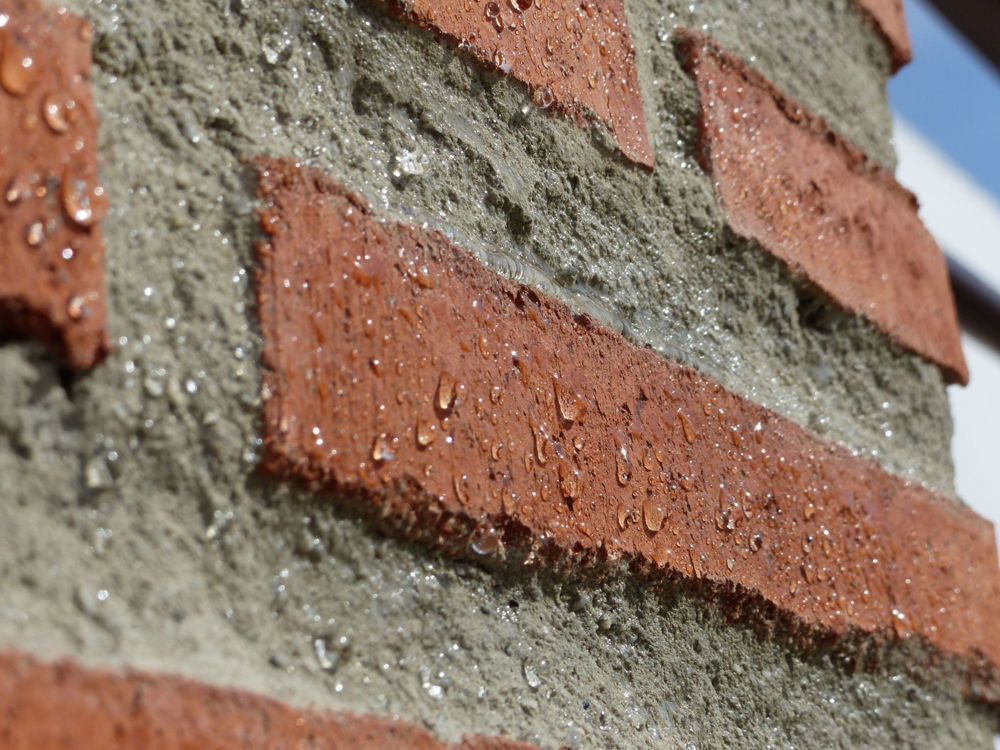
Crucially, due to the way it chemically bonds to the brick, Emperor Masonry Creme is highly breathable. This is due to the fact that the pores of the material remain open, ensuring water vapour can naturally travel through the brick and escape out of the property. An SD value is a measure of how breathable a material is. Anything below 1 is considered breathable by British Standards, meaning the lower the number the more breathable the material. Emperor Masonry Creme has an SD value of 0.01 and thus has no impact on the breathability of brickwork once applied.
The combination of super hydrophobic properties and high breathability mean that external walls stay dry, protecting the masonry from frost damage and reducing organic growth and damp problems.
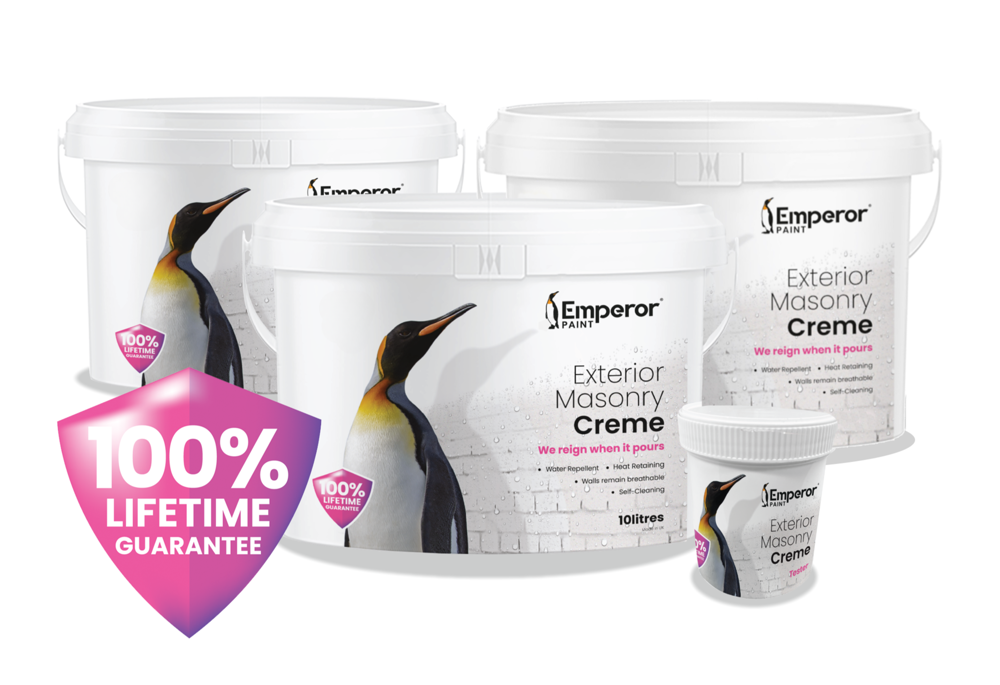
Finally, Emperor Masonry Creme is also recognised as an energy saving measure due to its ability to keep exterior walls dry. Independent testing found that a wall treated with Emperor Masonry Creme stayed 6°C warmer on average compared to an untreated brick wall.
A Step-By-Step Guide To Protecting Bricks
YOU WILL NEED:
- Emperor Masonry Creme
- Emperor Exterior Cleaner
- Long-pile roller
- Paint scuttle
- Masonry brush
- Dust brush
- Dust sheets
- Masking tape
PREPARATION
The preparation for applying Emperor Masonry Creme involves both restoring and cleaning of the brick wall as discussed in this guide. Ensure any holes or cracks in the masonry are repaired, as this will allow moisture to enter the brickwork. Furthermore, ensure you clean the surface of the masonry by both washing down the wall to remove any dirt and by applying a fungicidal cleaner such as Emperor Exterior Cleaner which will kill any fungal growth. Washing the cleaner residue off the wall is crucial, as Emperor Masonry Creme is an invisible treatment and will therefore show any marking on the wall once applied.
Before applying the treatment, it is important to cover and protect any surfaces you are not treating. Put a dust sheet on the floor to protect from spillages and apply masking tape to any windows and doors to ensure the clean-up afterwards is as easy as possible.
APPLICATION
Applying Emperor Masonry Creme is very different to applying a paint. While with a paint you are trying to roll the paint into the surface, with Emperor Masonry Creme you are simply rolling the treatment on to the surface. Similarly to a suncream, Emperor Masonry Creme will begin to soak into the bricks and eventually leave an invisible finish.
The product can be applied via brush, roller or airless spray machine and requires just one-coat. A long-pile roller will allow you to apply the treatment most effectively, as foam rollers will not be effective on a rough exterior surface. Simply apply the treatment to the masonry wall at a coverage of 5m2 per litre. As a guide, you should be able to see the majority of the wall covered in the white gel but still be able to see a small amount of the brick through the coating.
Once applied, simply leave the treatment to absorb in for 1 to 2 hours. After this period, the wall will be completely clear and will begin to repel water the same day. After that you are all done and your exterior bricks are protected and won't need any maintenance for a minimum of 25 years.
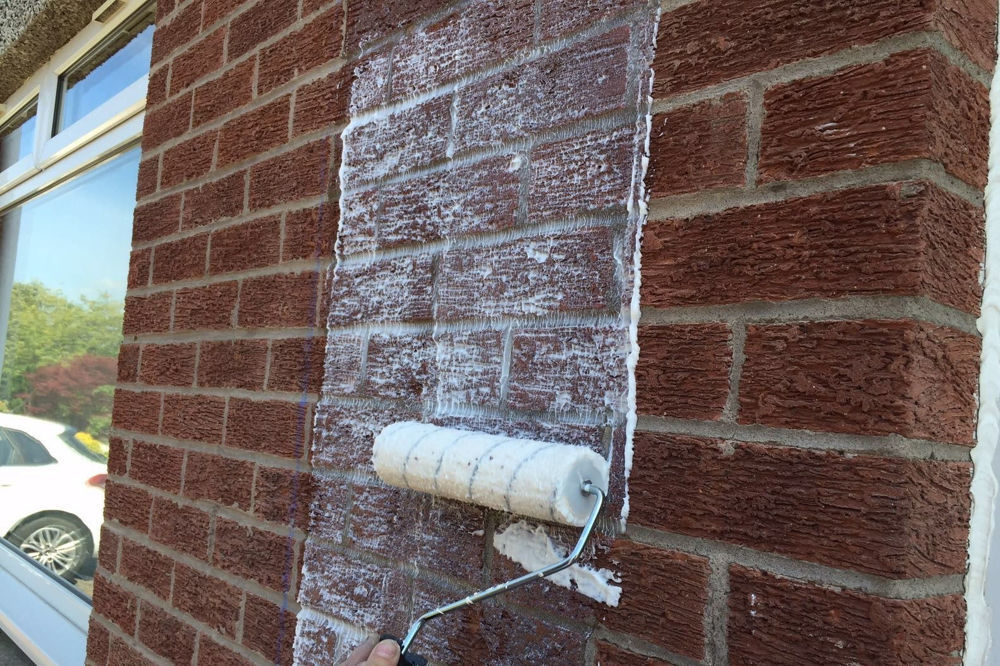
Frequently Asked Questions
Q. CAN I APPLY IT TO ISOLATED AREAS?
If you apply Emperor Masonry Creme to small areas that are particularly prone to damage, damp or discolouration, the moisture will simply find its way into the brick wall in a different way. For this reason, for full protection it is recommended to apply the protective treatment to the full exterior wall to ensure that there are no areas where water can be absorbed.
Q. CAN I PAINT OVER THE TOP OF EMPEROR MASONRY CREME?
Emperor Masonry Creme is designed to offer long-term protection for exterior brick walls. If you attempted to paint on the surface within the first 5 years of the treatment being applied, it would repel the paint from the surface. If you want to protect brickwork but achieve a painted finish, Emperor Masonry Paint contains the same super hydrophobic technology but in paint form.
Q. CAN I APPLY IT TO WET BRICKS?
When applying anything to any exterior wall, whether masonry creme or a paint, it is important for the surface to be dry. If the bricks are wet, the treatment will find it difficult to absorb into the surface and eventually dry.
We hope we have answered any questions you may have had regarding cleaning exterior bricks and how to keep them looking and performing their best. If you have any other questions, feel free to get in touch with our team of experts who are on hand to assist you. Contact them today by emailing info@emperorpaint.co.uk or calling 0161 509 9009. Alternatively, shop our range of ultimate performance exterior products today and get FREE delivery on all orders.


